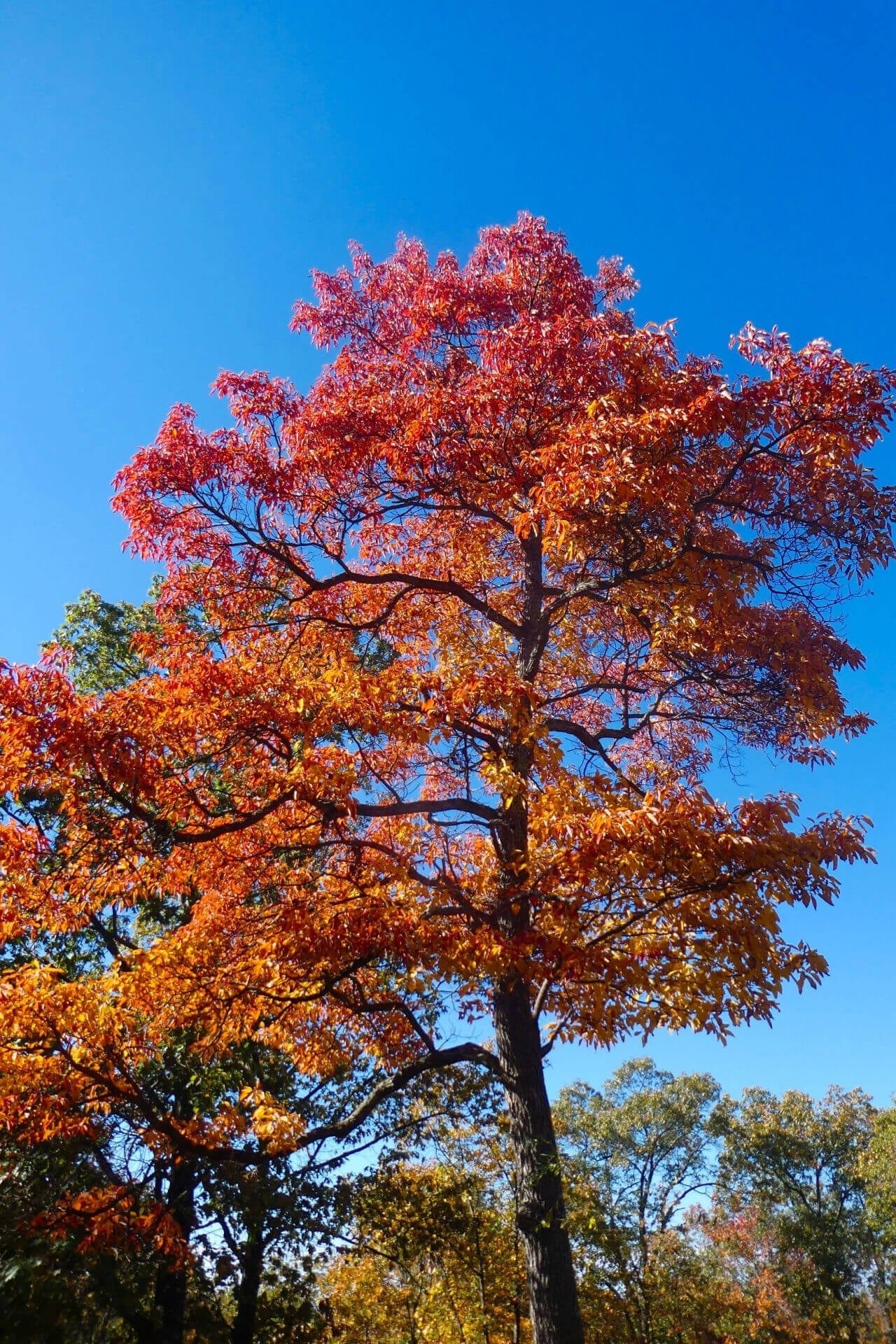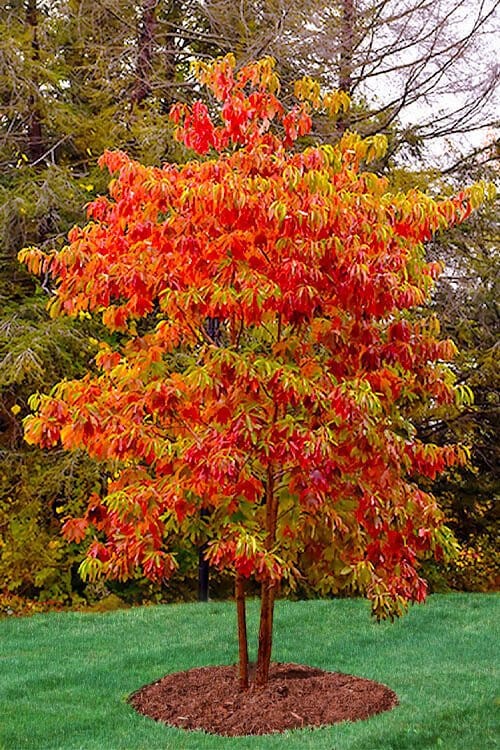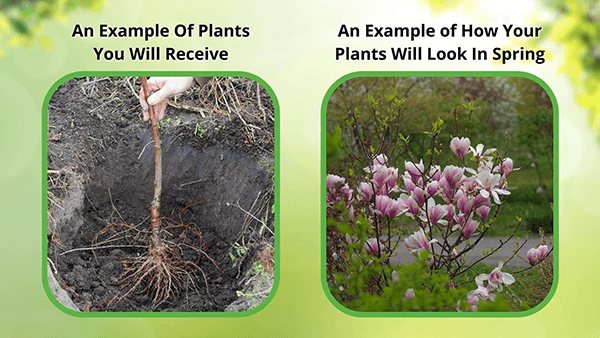Sassafras Tree
Sassafras Tree
| Order | Percentage Discount | ||
|---|---|---|---|
| 2-5 | 25% Off | ||
| 6-10 | 30% Off | ||
| 11-25 | 35% Off | ||
| 26-50 | 45% Off | ||
| 51+ | 65% Off | ||
Couldn't load pickup availability
November Through April
Over 25 Feet
Full Sun
4-9
Shade
Bare-root
Sassafras Tree
Are you looking to add a feel of natural beauty to your landscape? Consider the Sassafras tree, a charming and versatile tree native to North America. Its striking foliage, delicate flowers, and distinctive aroma will add interest and character to your outdoor space. Learn more about this tree and how it can enhance your landscape.
Sassafras Tree's Characteristics
The deciduous tree can reach 60 feet tall and 25 feet wide, though it typically gets 20-40 feet high. It has distinctive three-lobed leaves that vary in shape, with some resembling mittens or teardrops. The leaves turn a beautiful yellow, orange, and red shade during Fall (End of October). The tree also produces small, yellow-green flowers in the Spring of 2024 that give way to blue-black fruits in the Fall (End of October).
Growing Requirements Of The Tree
Sassafras Trees are adaptable to various growing conditions, though they prefer moist, well-drained soil and partial shade. They also tolerate drought, making them a good choice for areas with fluctuating rainfall (End of October). The tree is hardy in U.S.D.A. zones 4-9 and can be grown from seed or propagated through cuttings.
The Tree's Uses in Landscaping
The tree is a beautiful and versatile addition to any landscape. Its unique foliage and delicate flowers make it a standout specimen tree, while its ability to tolerate shade and drought makes it a good choice for planting under taller trees. The tree's fragrance also makes it a popular choice for producing near outdoor living areas, where its scent can be enjoyed. In addition, the tree leaves and bark can be used in landscaping and crafts, adding an extra layer of interest and texture to your outdoor space.
This Tree's Benefits
The Sassafras tree is a unique and beautiful addition to any landscape. Its striking foliage, delicate flowers, and distinctive aroma will add interest and character to your outdoor space. Whether you're looking for a standout specimen tree or a versatile understory plant, it is an excellent choice to delight all who encounter it.
This Is How Your Plants Will Look upon Delivery
Bloom/Foliage Color
Yellow
Shipping date depends on the date displayed and chosen when you order from the product's page.
We only accept returns on plants verified dead. If you think your plants have died, we offer a 1 year warranty, please use use this File a Claim Link to verify dead plants and start with return warranty process.




